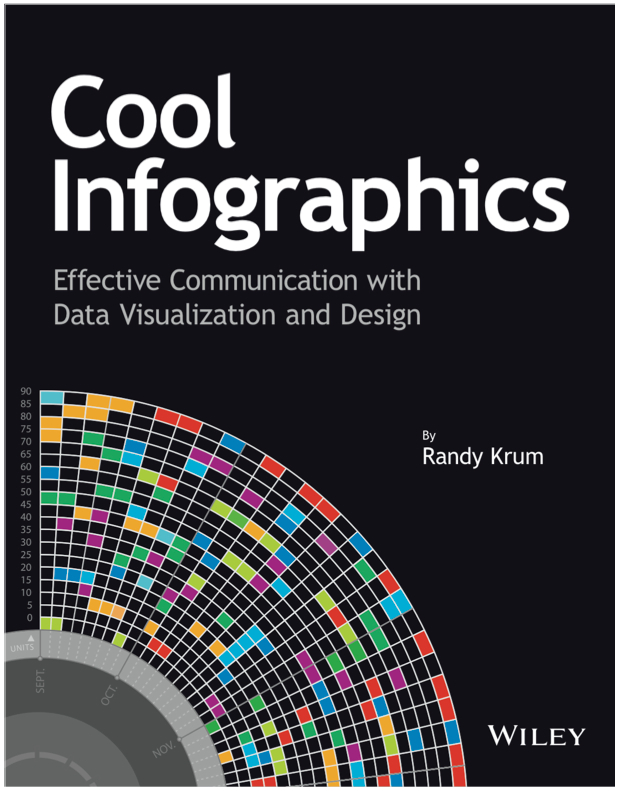30 Years of Asteroid Discoveries Animated
This is a very cool video animation, Asteroid Discovery From 1980 - 2010, of asteroid discoveries over the last 30 years. Not only does it show the orbits of the asteroids in relation to the inner planets, it highlights them over time as they were identified and colors them according to how close to Earth their orbits will come.
The only visual inaccuracy is the size of the asteroids. Since the asteroids have to be at least one pixel wide to appear in the animation, they are represented much larger compared to the planets than they really are.
View of the solar system showing the locations of all the asteroids starting in 1980, as asteroids are discovered they are added to the map and highlighted white so you can pick out the new ones.
The final colour of an asteroids indicates how closely it comes to the inner solar system.
Earth Crossers are Red
Earth Approachers (Perihelion less than 1.3AU) are Yellow
All Others are Green
Notice now the pattern of discovery follows the Earth around its orbit, most discoveries are made in the region directly opposite the Sun. You’ll also notice some clusters of discoveries on the line between Earth and Jupiter, these are the result of surveys looking for Jovian moons. Similar clusters of discoveries can be tied to the other outer planets, but those are not visible in this video.
As the video moves into the mid 1990’s we see much higher discovery rates as automated sky scanning systems come online. Most of the surveys are imaging the sky directly opposite the sun and you’ll see a region of high discovery rates aligned in this manner.
At the beginning of 2010 a new discovery pattern becomes evident, with discovery zones in a line perpendicular to the Sun-Earth vector. These new observations are the result of the WISE (Widefield Infrared Survey Explorer) which is a space mission that’s tasked with imaging the entire sky in infrared wavelengths.
Currently we have observed over half a million minor planets, and the discovery rates show no sign that we’re running out of undiscovered objects.
Orbital elements were taken from the ‘astorb.dat’ data created by Ted Bowell and associates at http://www.naic.edu/~nolan/astorb.html
Music is ‘Transgenic’ by Trifonic: http://www.amazon.com/Emergence-Trifo…
Quite a few journalists, bloggers and tweeters are attributing this to NASA or Arecibo Observatory - while they do fine work they had nothing to do with this. If you write a story you can credit it to Scott Manley.
Found on FlowingData and VizWorld







![How Does Diet Soda Cause Weight Gain? [infographic video]](https://images.squarespace-cdn.com/content/v1/5bfc8dbab40b9d7dd9054f41/1553649683764-8C64GJP0OPFS1SK9HRBY/Screen+Shot+2019-03-26+at+7.20.42+PM.png)

